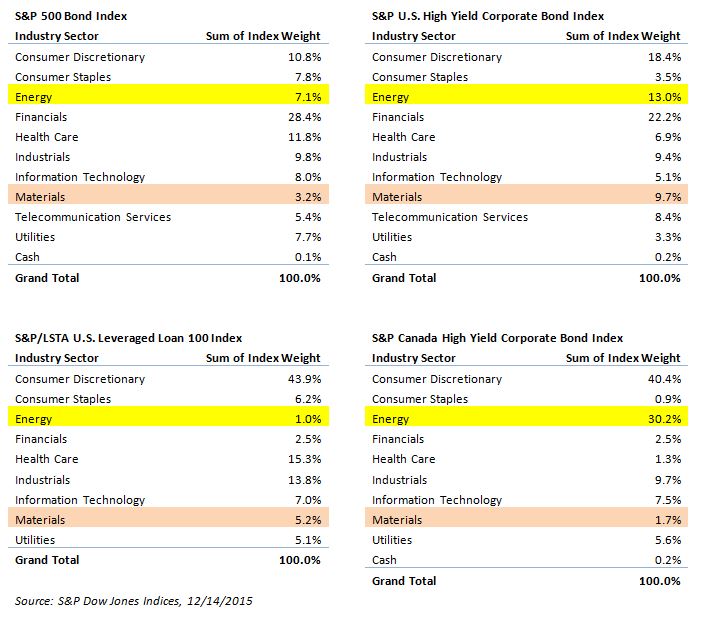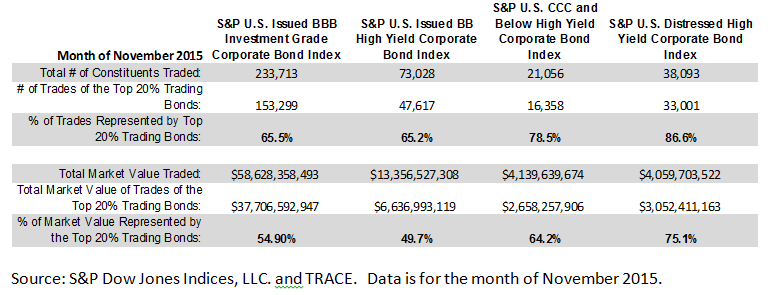Tomorrow the Federal Reserve is expected to raise its benchmark Federal Funds rate by 25 basis points — the first increase in seven years. This increase, assuming that it comes, must surely rank among the Fed’s most advertised and anticipated moves ever, and Wall Street trading desks are ramping up in expectation of heightened trading volumes. We have no special insight into the immediate or longer-term aftermath of the Fed’s decision — but we would caution that, for equity investors, there are at least three things that rising interest rates will not do.
First, they won’t tell us whether the stock market is going up or down. There are good theoretical arguments to support the view that rising rates are bad for stocks. If dividends are discounted at a higher rate, stock prices should come down, other things equal. The problem is that other things may not be equal. If rate increases come in response to a strengthening economy, they may be associated with rising stock prices. In recent years, in fact, the U.S. equity market has been stronger when interest rates rose than when they fell.
Second, rising rates won’t cause stock market dispersion to increase. Dispersion indicates by how much the best performing stocks in the market are beating the underperformers. In a high-dispersion environment, a manager’s stock selection skill is worth more; if dispersion is low, his skill is less valuable. Dispersion has been well below average for the past several years, which has contributed to the performance difficulties of most active managers. But there’s no reliable evidence to suggest that an increase in interest rates will drive dispersion upward. Whatever difficulties stock selection strategies faced with the Fed Funds rate at zero are likely to persist at 25 basis points.
Finally, rising rates won’t help us identify outperforming equity factors. Rising rates don’t give us a reliable guide to the relative performance of growth vs. value, say, or of low volatility vs. high beta. Through the first 11 months of the year, growth is well ahead of value, and low volatility well ahead of high beta. Whether those trends continue or reverse is unlikely to depend on what the Fed does tomorrow.
The posts on this blog are opinions, not advice. Please read our Disclaimers.








